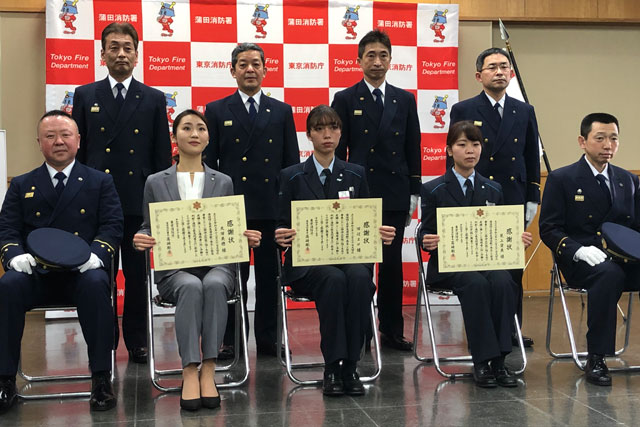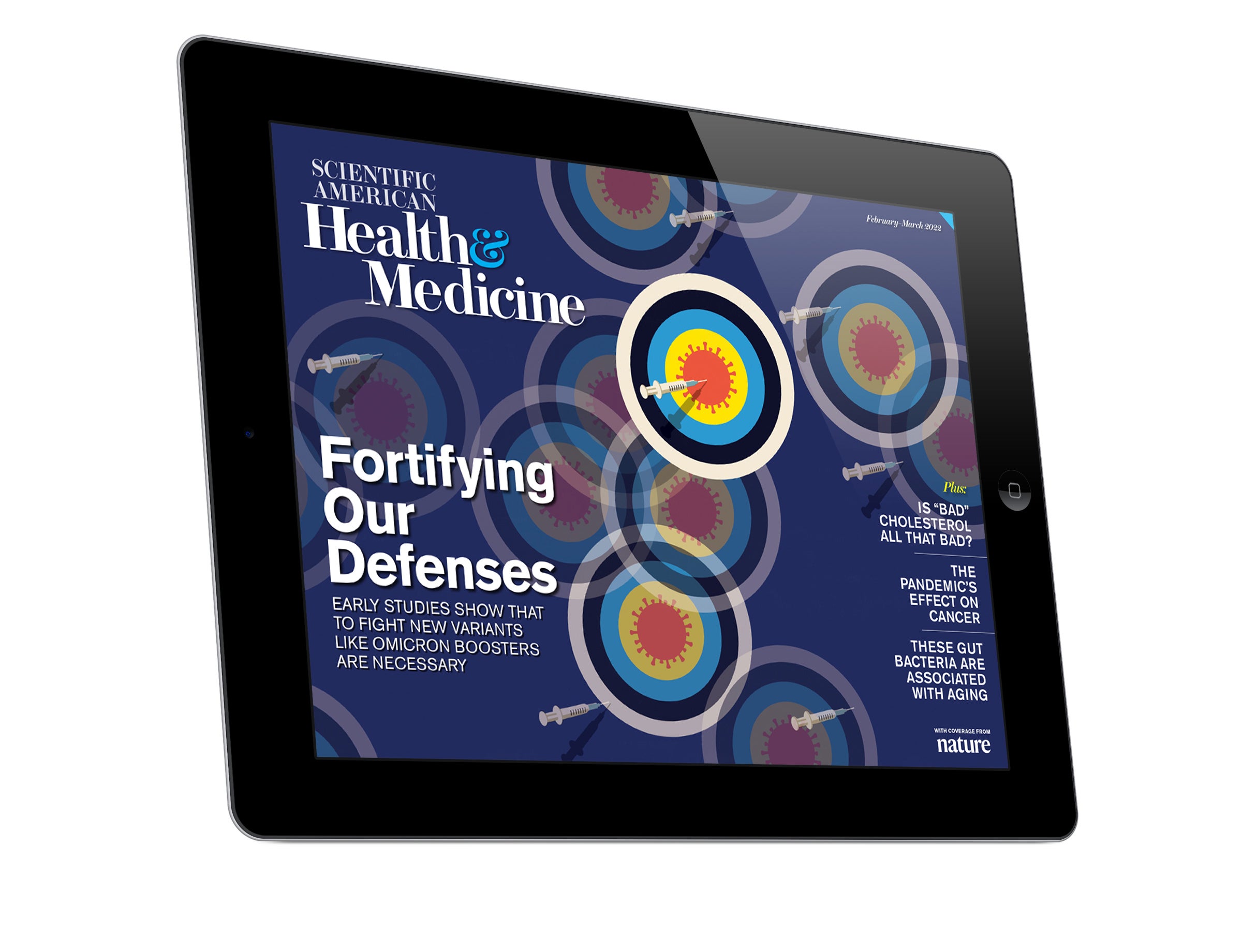Abstract
Small molecules that stabilize inactive protein conformations are an underutilized strategy for drugging dynamic or otherwise intractable proteins. To facilitate the discovery and characterization of such inhibitors, we created a screening platform to identify conformation-locking antibodies for molecular probes (CLAMPs) that distinguish and induce rare protein conformational states. Applying the approach to KRAS, we discovered CLAMPs that recognize the open conformation of KRASG12C stabilized by covalent inhibitors. One CLAMP enables the visualization of KRASG12C covalent modification in vivo and can be used to investigate response heterogeneity to KRASG12C inhibitors in patient tumors. A second CLAMP enhances the affinity of weak ligands binding to the KRASG12C switch II region (SWII) by stabilizing a specific conformation of KRASG12C, thereby enabling the discovery of such ligands that could serve as leads for the development of drugs in a high-throughput screen. We show that combining the complementary properties of antibodies and small molecules facilitates the study and drugging of dynamic proteins.
This is a preview of subscription content
Access options
Subscribe to Journal
Get full journal access for 1 year
92,52 €
only 7,71 € per issue
All prices are NET prices.
VAT will be added later in the checkout.
Tax calculation will be finalised during checkout.
Buy article
Get time limited or full article access on ReadCube.
$32.00
All prices are NET prices.
Data availability
Crystal structures have been deposited in Protein Databank (PDB) with the PDB accession codes 7RP2 (https://doi.org/10.2210/pdb7rp2/pdb), 7RP3 (https://doi.org/10.2210/pdb7rp3/pdb), 7RP4 (https://doi.org/10.2210/pdb7rp4/pdb) and 7MDP (https://doi.org/10.2210/pdb7mdp/pdb). Source data are provided with this paper. Antibodies described in this paper are available via material transfer agreement with Genentech. Restrictions on data availability: chemical structures from the fragment library used in Fig. 6b. Structures for all fragment hits cannot be disclosed because they are proprietary.
References
- 1.
Nizak, C. et al. Recombinant antibodies to the small GTPase Rab6 as conformation sensors. Science 300, 984–987 (2003).
- 2.
Gao, J., Sidhu, S. S. & Wells, J. A. Two-state selection of conformation-specific antibodies. Proc. Natl Acad. Sci. USA 106, 3071–3076 (2009).
- 3.
Tanaka, T., Williams, R. L. & Rabbitts, T. H. Tumour prevention by a single antibody domain targeting the interaction of signal transduction proteins with RAS. EMBO J. 26, 3250–3259 (2007).
- 4.
McMahon, C. et al. Yeast surface display platform for rapid discovery of conformationally selective nanobodies. Nat. Struct. Mol. Biol. 25, 289–296 (2018).
- 5.
Lightwood, D. J. et al. A conformation-selective monoclonal antibody against a small molecule-stabilised signalling-deficient form of TNF. Nat. Commun. 12, 583 (2021).
- 6.
Ostrem, J. M. & Shokat, K. M. Direct small-molecule inhibitors of KRAS: from structural insights to mechanism-based design. Nat. Rev. Drug Discov. 15, 771–785 (2016).
- 7.
Wood, K. W., Sarnecki, C., Roberts, T. M. & Blenis, J. ras mediates nerve growth factor receptor modulation of three signal-transducing protein kinases: MAP kinase, Raf-1, and RSK. Cell 68, 1041–1050 (1992).
- 8.
Howe, L. R. et al. Activation of the MAP kinase pathway by the protein kinase raf. Cell 71, 335–342 (1992).
- 9.
Vojtek, A. B., Hollenberg, S. M. & Cooper, J. A. Mammalian Ras interacts directly with the serine/threonine kinase Raf. Cell 74, 205–214 (1993).
- 10.
Moodie, S. A., Willumsen, B. M., Weber, M. J. & Wolfman, A. Complexes of Ras.GTP with Raf-1 and mitogen-activated protein kinase kinase. Science 260, 1658–1661 (1993).
- 11.
Zhang, X. F. et al. Normal and oncogenic p21ras proteins bind to the amino-terminal regulatory domain of c-Raf-1. Nature 364, 308–313 (1993).
- 12.
Sjolander, A., Yamamoto, K., Huber, B. E. & Lapetina, E. G. Association of p21ras with phosphatidylinositol 3-kinase. Proc. Natl Acad. Sci. USA 88, 7908–7912 (1991).
- 13.
Rodriguez-Viciana, P. et al. Phosphatidylinositol-3-OH kinase as a direct target of Ras. Nature 370, 527–532 (1994).
- 14.
Hofer, F., Fields, S., Schneider, C. & Martin, G. S. Activated Ras interacts with the Ral guanine nucleotide dissociation stimulator. Proc. Natl Acad. Sci. USA 91, 11089–11093 (1994).
- 15.
Spaargaren, M. & Bischoff, J. R. Identification of the guanine nucleotide dissociation stimulator for Ral as a putative effector molecule of R-ras, H-ras, K-ras, and Rap. Proc. Natl Acad. Sci. USA 91, 12609–12613 (1994).
- 16.
White, M. A., Vale, T., Camonis, J. H., Schaefer, E. & Wigler, M. H. A role for the Ral guanine nucleotide dissociation stimulator in mediating Ras-induced transformation. J. Biol. Chem. 271, 16439–16442 (1996).
- 17.
Fasano, O. et al. Analysis of the transforming potential of the human H-ras gene by random mutagenesis. Proc. Natl Acad. Sci. USA 81, 4008–4012 (1984).
- 18.
Gideon, P. et al. Mutational and kinetic analyses of the GTPase-activating protein (GAP)-p21 interaction: the C-terminal domain of GAP is not sufficient for full activity. Mol. Cell. Biol. 12, 2050–2056 (1992).
- 19.
Scheffzek, K. et al. The Ras-RasGAP complex: structural basis for GTPase activation and its loss in oncogenic Ras mutants. Science 277, 333–338 (1997).
- 20.
Hunter, J. C. et al. Biochemical and structural analysis of common cancer-associated KRAS mutations. Mol. Cancer Res. 13, 1325–1335 (2015).
- 21.
Ostrem, J. M., Peters, U., Sos, M. L., Wells, J. A. & Shokat, K. M. K-Ras(G12C) inhibitors allosterically control GTP affinity and effector interactions. Nature 503, 548–551 (2013).
- 22.
Patricelli, M. P. et al. Selective inhibition of oncogenic KRAS output with small molecules targeting the inactive state. Cancer Discov. 6, 316–329 (2016).
- 23.
Fakih, M. et al. Phase 1 study evaluating the safety, tolerability, pharmacokinetics (PK), and efficacy of AMG 510, a novel small molecule KRASG12C inhibitor, in advanced solid tumors. J. Clin. Oncol. 37, 3003–3003 (2019).
- 24.
Lito, P., Solomon, M., Li, L. S., Hansen, R. & Rosen, N. Allele-specific inhibitors inactivate mutant KRAS G12C by a trapping mechanism. Science 351, 604–608 (2016).
- 25.
Zeng, M. et al. Potent and selective covalent quinazoline inhibitors of KRAS G12C. Cell Chem. Biol. 24, 1005–1016 (2017).
- 26.
Canon, J. et al. The clinical KRAS(G12C) inhibitor AMG 510 drives anti-tumour immunity. Nature 575, 217–223 (2019).
- 27.
Hallin, J. et al. The KRAS(G12C) inhibitor MRTX849 provides insight toward therapeutic susceptibility of KRAS-mutant cancers in mouse models and patients. Cancer Discov. 10, 54–71 (2020).
- 28.
Janes, M. R. et al. Targeting KRAS mutant cancers with a covalent G12C-specific inhibitor. Cell 172, 578–589 (2018).
- 29.
Hansen, R. et al. The reactivity-driven biochemical mechanism of covalent KRAS(G12C) inhibitors. Nat. Struct. Mol. Biol. 25, 454–462 (2018).
- 30.
Li, L. et al. Inhibitors of KRAS G12C mutant proteins. Google Patents https://patents.google.com/patent/WO2016049524A1/enUS4325121.pdf (2015).
- 31.
Xue, J. Y. et al. Rapid non-uniform adaptation to conformation-specific KRAS(G12C) inhibition. Nature 577, 421–425 (2020).
- 32.
Maurer, T. et al. Small-molecule ligands bind to a distinct pocket in Ras and inhibit SOS-mediated nucleotide exchange activity. Proc. Natl Acad. Sci. USA 109, 5299–5304 (2012).
- 33.
Sun, Q. et al. Discovery of small molecules that bind to K-Ras and inhibit Sos-mediated activation. Angew. Chem. Int. Ed. Engl. 51, 6140–6143 (2012).
- 34.
Barda D. A., Coates, D. A., Linder R. J., Peng S. B. & Zia-Ebrahimi M. S. KRas G12C inhibitors. WIPO IP Portal https://patentscope.wipo.int/search/de/detail.jsf;jsessionid=3BEF93DDA6DEE0634C753E3BCE6E28C5.wapp2nB?docId=WO2020081282 (2020).
- 35.
Gentile, D. R. et al. Ras binder induces a modified switch-II pocket in GTP and GDP states. Cell Chem. Biol. 24, 1455–1466 (2017).
- 36.
Lee, C. V. et al. High-affinity human antibodies from phage-displayed synthetic Fab libraries with a single framework scaffold. J. Mol. Biol. 340, 1073–1093 (2004).
- 37.
Liang, W. C. et al. Function blocking antibodies to neuropilin-1 generated from a designed human synthetic antibody phage library. J. Mol. Biol. 366, 815–829 (2007).
- 38.
Lombana, T. N., Dillon, M., Bevers, J. 3rd & Spiess, C. Optimizing antibody expression by using the naturally occurring framework diversity in a live bacterial antibody display system. Sci. Rep. 5, 17488 (2015).
- 39.
Abdiche, Y. N. et al. High-throughput epitope binning assays on label-free array-based biosensors can yield exquisite epitope discrimination that facilitates the selection of monoclonal antibodies with functional activity. PLoS ONE 9, e92451 (2014).
- 40.
Yu, M. et al. A resource for cell line authentication, annotation, and quality control. Nature 520, 307–311 (2015).
- 41.
Kabsch, W. Xds. Acta Crystallogr. Sect. D. Biol. Crystallogr. 66, 125–132 (2010).
- 42.
McCoy, A. J. et al. Phaser crystallographic software. J. Appl. Crystallogr. 40, 658–674 (2007).
- 43.
Tickle, I. J et al. The STARANISO server. Global Phasing Limited https://staraniso.globalphasing.org/cgi-bin/staraniso.cgi (2020).
- 44.
Emsley, P. & Cowtan, K. Coot: model-building tools for molecular graphics. Acta Crystallogr. Sect. D. Biol. Crystallogr. 60, 2126–2132 (2004).
- 45.
Murshudov, G. N., Vagin, A. A. & Dodson, E. J. Refinement of macromolecular structures by the maximum-likelihood method. Acta Crystallogr. Sect. D. Biol. Crystallogr. 53, 240–255 (1997).
- 46.
Adams, P. D. et al. PHENIX: a comprehensive Python-based system for macromolecular structure solution. Acta Crystallogr. Sect. D. Biol. Crystallogr. 66, 213–221 (2010).
Acknowledgements
We thank S. Malek, J. Kiefer, B. St. Onge and A. Shaw for helpful discussions, N. Skeleton for design of the fragment library and the staff at ALS and SSRL for their assistance with data collection.
Ethics declarations
Competing interests
The authors declare no competing interests.
Additional information
Peer review information Nature Biotechnology thanks Nathanael Gray, Ken Westover and the other, anonymous, reviewer(s) for their contribution to the peer review of this work.
Publisher’s note Springer Nature remains neutral with regard to jurisdictional claims in published maps and institutional affiliations.
Extended data
Extended Data Fig. 1 Additional characterization of CLAMPs.
(a) Structures of KRASG12C covalent small molecules. (b) Representative SPR traces of 1A5 and 2H11 CLAMPs against KRASG12C-GDP+GNE-1952 and KRASG12C-GDP. (c) Epitope binning results indicate that group 1 and group 2 antibodies bind two overlapping epitopes.
Extended Data Fig. 2 Cell-based assays with 1A5 CLAMP.
(a) No observable KRAS staining by 1A5 CLAMP in HCT116 KRASG13D cells treated with a KRASG12C inhibitor GNE-1952. Scale bar: 200 μM. Results are representative of 2 independent experiments. (b) Immunoblot analysis for covalently modified KRAS and KRAS pathway markers (pERK, pMEK, and pS6) in a bulk population of HCC1171 KRASG12C mutant cancer cells. Washout experiments reveals that KRASG12C covalent modification is maintained for 24 hours after removal of ARS-853. Scale bar: 200 μM. Results are representative of 2 independent experiments. (c) Gating strategy for FACs experiments in Fig. 2e.
Extended Data Fig. 3 Biophysical and structural analysis of 2H11 CLAMP.
(a) Structural alignment of 2H11 CLAMP bound to KRASG12C-GDP and DCAI ligand bound to KRAS (PDB 4DST). KRASG12C is depicted as white ribbons with SWII highlighted in blue. 2H11 CLAMP heavy chain is colored in green, and Trp99 rendered in sticks. DCAI bound KRASG12D is colored in red, with DCAI shown rendered in sticks. DCAI and Trp99 bind to the same site on KRAS. (b) Structural alignment of KRASG12C-GDP/GNE-1952 with and without 2H11 CLAMP bound. KRASG12C/GNE-1952 without 2H11 CLAMP is colored in cyan. KRASG12C/GNE-1952 with 2H11 CLAMP is colored in orange, compound is colored in yellow, and 2H11 CLAMP heavy chain is colored in green. (c) Structural comparison between iDab (orange, PDB 2UZI) and 2H11 CLAMP (green) in SWI (teal) binding suggest less sensitivity to different nucleotide states for 2H11 CLAMP.
Extended Data Fig. 4 2H11 CLAMP enables the discovery of weak affinity SWII ligands.
(a) 2H11 CLAMP enhances the binding of SWII pocket ligands to KRASWT and KRASG12C. KRAS was immobilized on an SPR chip and small molecule was injected at concentrations ranging from 1 to 50 μM in the absence or presence of 2H11 CLAMP. (b) Unbiased omit map, 2Fo-Fc contoured at 1σ of GNE-2897 bound in the SWII region of KRASG12C + 2H11 CLAMP Fab.
Supplementary information
About this article
Cite this article
Davies, C.W., Oh, A.J., Mroue, R. et al. Conformation-locking antibodies for the discovery and characterization of KRAS inhibitors. Nat Biotechnol (2022). https://doi.org/10.1038/s41587-021-01126-9
Received:
Accepted:
Published:
DOI: https://doi.org/10.1038/s41587-021-01126-9
Note: This article have been indexed to our site. We do not claim legitimacy, ownership or copyright of any of the content above. To see the article at original source Click Here













